Name Unica Zurn | Role Author | |
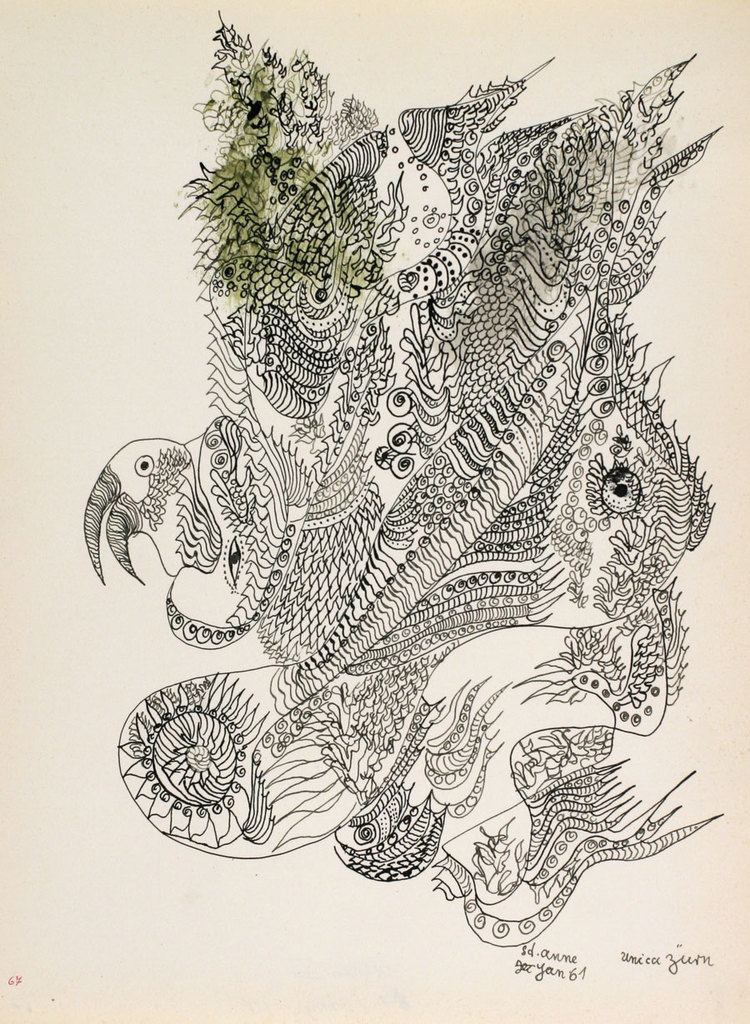 | ||
Books The man of jasmine, The house of illnesses, The Trumpets of Jericho | ||
Unica z rn a real doll sugar man
Unica Zürn (6 July 1916 – 19 October 1970) was a German author and artist. Zürn is remembered for her works of anagram poetry and automatic drawing and for her photographic collaborations with Hans Bellmer. An exhibition of Bellmer and Zürn's work took place at the Ubu Gallery in New York City in the spring of 2012.
Contents
Unica z rn
Biography
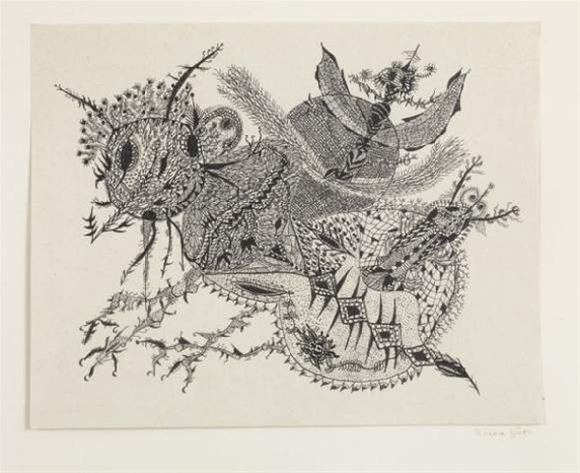
Born Nora Berta Unica Ruth, Zürn was raised in a well-to-do but dysfunctional family in Berlin-Grunewald. She idolized her mostly absent father, Ralph Zürn, a cavalry officer stationed in Africa (as well as a not particularly successful writer and editor), but had a contentious relationship with her mother, his third wife, Helene Pauline Heerdt. Unica also had an older brother, who she claimed sexually abused her when she was a young girl. Her parents divorced in 1930 and she left school shortly after.
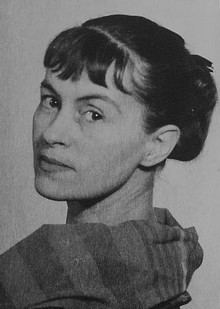
Zürn worked at the Universum Film AG during the Third Reich. Despite the fact that it was the national film company, she supposedly remained ignorant of the atrocities being perpetrated by the Nazis, or at least to their extent, until she chanced upon an underground radio report describing the concentration camps in 1942. That same year she married a much older, wealthy man named Erich Laupenmühlen. Their first child, Katrin, was born in 1943 and their second, Christina, in 1945. A surgical procedure to repair a genital tear from childbirth was botched only to be followed by the multiple “back-alley” abortions Unica endured during her later relationship with Hans Bellmer. In 1949, she and Erich divorced, and she lost custody of her children; she could not afford a lawyer nor did she have the means to provide for them.
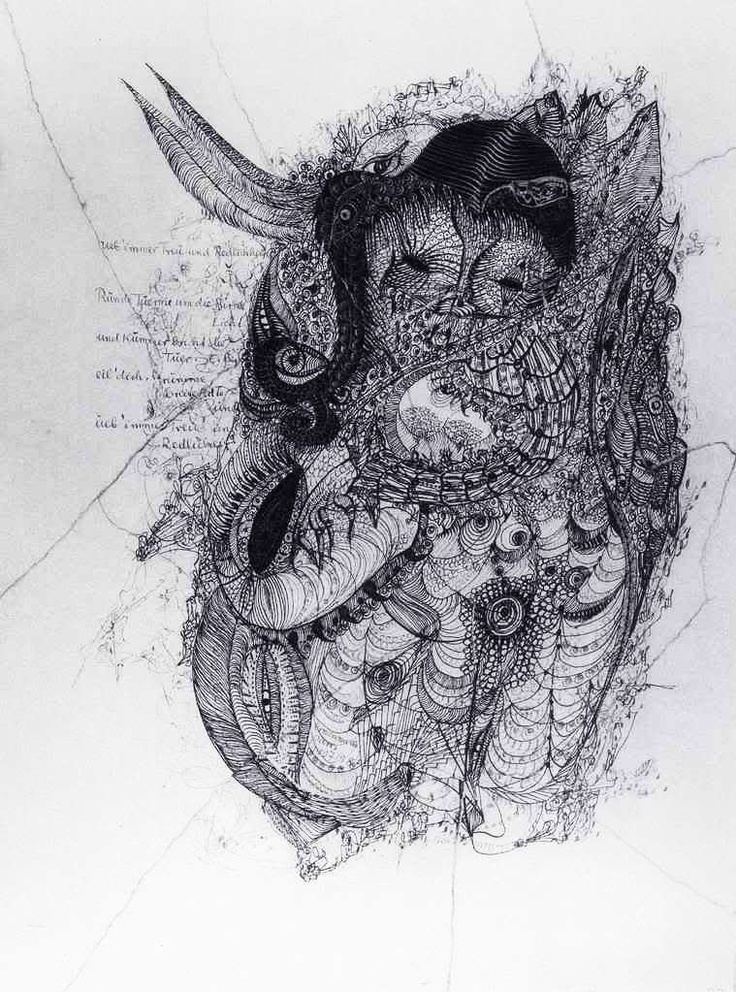
For the next few years Zürn eked out a living writing short stories for newspapers and radio plays and became romantically involved with the painter Alexander Camaro. Shortly after separating from Camaro in 1953, she met artist Hans Bellmer at an exhibition of his work at either the Maison de France or at the Galerie Springer in Berlin (accounts differ). Not long afterward, she moved with him to Paris, becoming his partner and model, most famously in a series of photographs that Bellmer took of Zürn bound tightly with rope. One of the "Unica Tied Up" works was exhibited in Bellmer's 1959 exhibit "Doll," and at times he seemed to conflate Zürn with the dolls of his obsession.
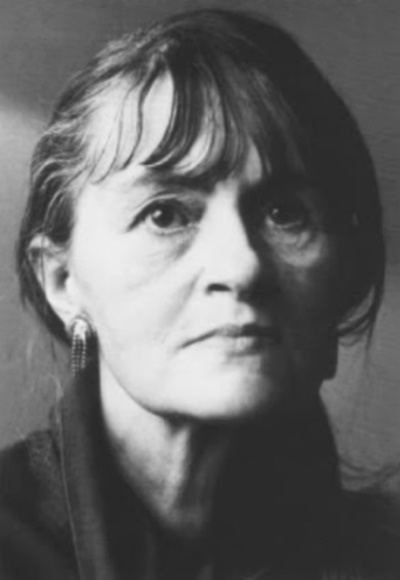
In Paris, Zürn began experimenting with automatic drawing and anagrams, pursuits Bellmer encouraged, and these early works were collected in Hexentexte (1954). Between 1956 and 1964 she had four solo exhibitions of her drawings and her work was included in the "Exposition Internationale du Surréalisme." The couple frequented the city's surrealist and related artistic circles, becoming acquainted with Hans Arp, Victor Brauner, André Breton, Marcel Duchamp, Max Ernst, Man Ray, Joyce Mansour, André Pieyre de Mandiargues, and others. Most important, however, was Zürn's 1957 introduction to Henri Michaux, who she identified as the “man of jasmine,” a fantasy figure from her childhood. She joined him in several of his experiments with mescaline, and these drug experiences may have precipitated her first mental crisis.
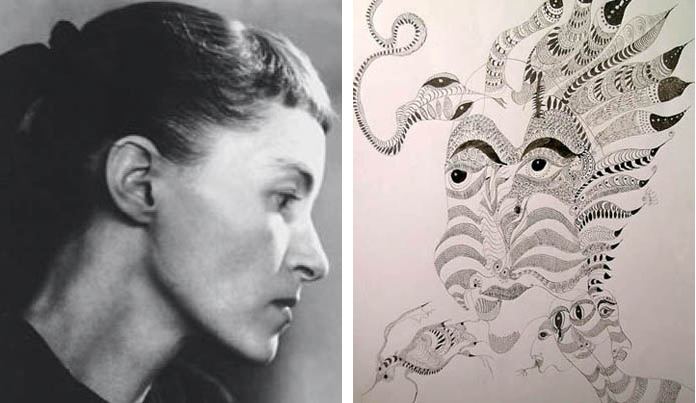
In 1960 Zürn experienced her first psychotic episode, and she was in and out of psychiatric hospitals for the rest of her life, suffering from both dissociative states and severe depression. Modern scholars generally believe that she had schizophrenia, and that was indeed the initial diagnosis by staff doctors at Karl-Bonhoeffer-Heilstätten during her first hospitalization, though it was later retracted. It has also been suggested that rather than schizophrenia she may have suffered from bipolar disorder with psychotic features.

After her first hospitalization and a suicide attempt, Zürn returned home in a wheelchair and destroyed most of her drawings and writings. She was subsequently taken to the Saint-Anne psychiatric clinic (which was associated with Jacques Lacan), where one of her doctors was Gaston Ferdière, who also treated Antonin Artaud. Despite her ongoing battle with mental illness, Zürn continued to produce work and Michaux regularly brought her art supplies. Her psychological difficulties inspired much of her writing, above all Der Mann im Jasmin [The Man of Jasmine] (1971).
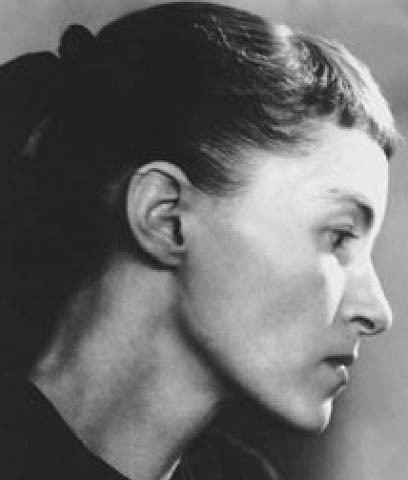
In 1969 Bellmer had a stroke that left him paralyzed, and the next year he informed Zürn that he could no longer "be responsible" for her. About six months later, in October 1970, the 54-year-old Zürn committed suicide by leaping from the window of their Paris apartment while on a five-day leave from a hospital. At his request, Bellmer was buried next to Zürn upon his death in 1975.
Writing
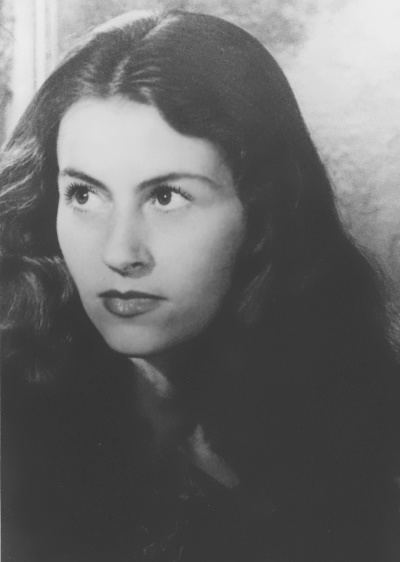
The writings and artwork for which Zürn is best known were produced during the 1950s and 60s. Her published texts include Hexentete [The Witches' Texts] (1954), a book of anagram poetry accompanied by drawings, and the semi-autobiographical Dunkler Frûhling [Dark Spring] (1967) and Der Mann im Jasmin [The Man of Jasmine] (1971), both of which have acquired a cult following in Paris. A violent aggression towards the female body is displayed in her stories, and they often consist mostly of internal dialogue.
The majority of her mature texts, if not explicitly autobiographical, closely resemble the author’s life experiences. Dark Spring is a coming of age novel, of sorts, that follows a young woman as she has her first sexual encounters and experiences the first hints of mental illness. Several recurring archetypal characters appear in the book: the idealized father, the despised mother, and a troubled girl with masochistic tendencies. Disconcertingly, Zürn’s death seems to be foreshadowed in the text as the protagonist of Dark Spring eventually commits suicide by jumping out of her bedroom window. The posthumously published The Man of Jasmine and Other Texts and the expanded version,The House of Illnesses: Stories and Pictures from a Case of Jaundice, are insightful examinations of mental collapse that detail Zürn’s psychological experiences and multiple hospitalizations. The nightmarish novella The Trumpets of Jericho, a disturbing account of childbirth, was recently published in English.
Visual Art
Though Zürn made a few paintings in the early 1950s, she primarily worked in ink, pencil, and gouache. Her fantastical, precisely rendered works are populated by imaginary plants, chimeras, and amorphous humanoid forms, sometimes with multiple faces emerging from their distorted bodies. Eyes are omnipresent and the drawings are resplendent with intricate and often repetitive marks.
Zürn is one of the few women associated with the Surrealist movement; others include Leonora Carrington, Dorothea Tanning, Kay Sage, Eileen Agar, Ithell Colquhoun, Toyen, Leonor Fini and Valentine Hugo.
Published Works
Books
English Translations
